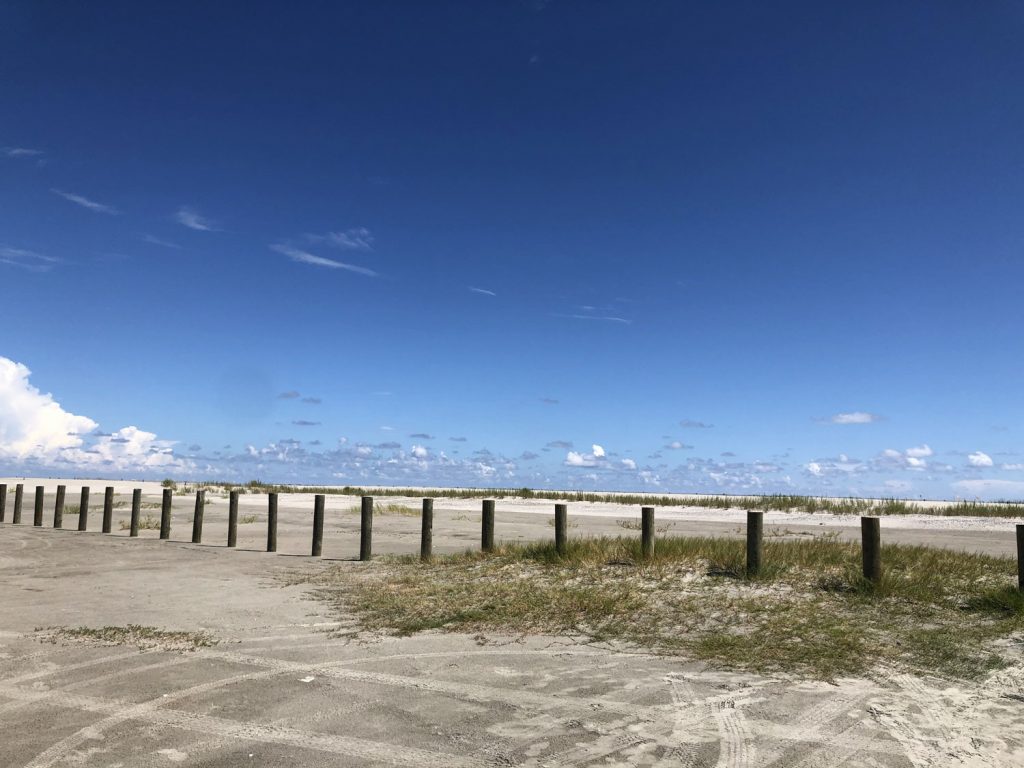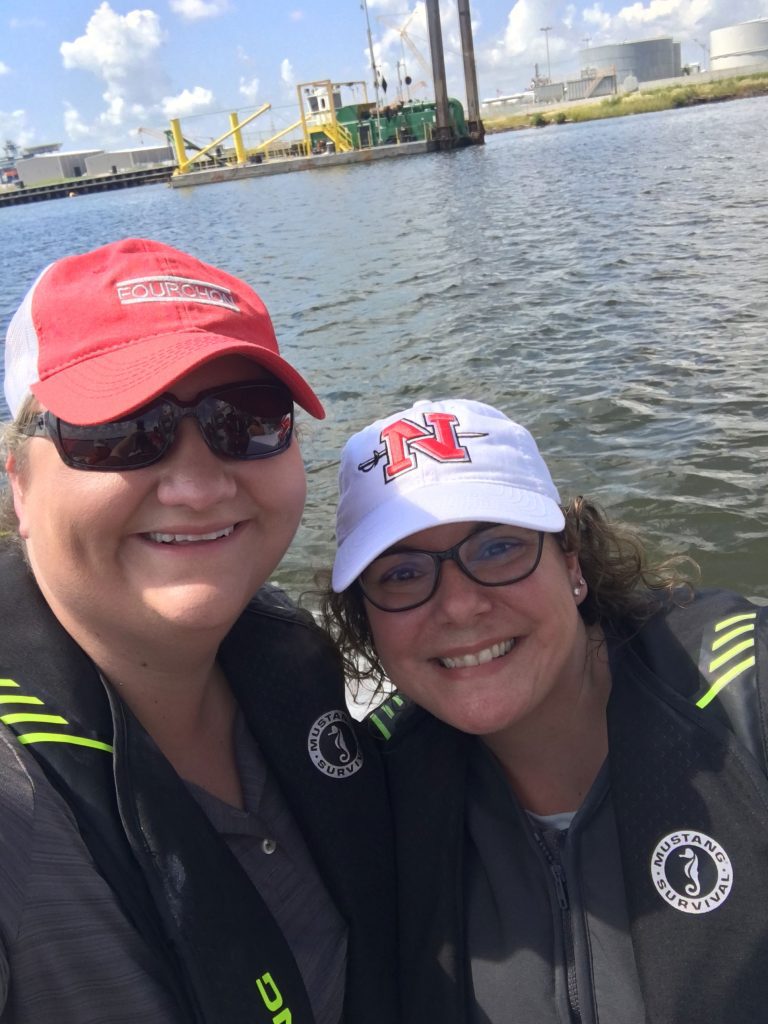“On average, Louisiana loses a football field of land per hour.”
We’ve all heard that statistic time and time again in reference to land lost to coastal erosion, sea level rise and other factors. The first time I heard it was in the late 1990s, and my passion for all things Coastal Louisiana was born. But for me, the story has always gone much deeper than the loss of land. It’s the other stories that speak to me. The fisherman who lost his favorite fishing spot because the salinity of the water has changed. The resident who used to stand on his front porch to gaze across his acreage of property, now looking out at an expanse of sea. The communities who face a loss of their culture because their land is no longer sustainable. Those stories are sometimes hard to tell, but they are necessary for people across the world to understand the plight of Coastal Louisianians.
But not all stories are sad. There are the stories of new land being built from ancient sand in the Gulf. There are the stories of the American Indians who have worked so hard to keep their culture alive with each passing generation. There are the stories of residents who have worked to adapt their lives and their livelihoods to the changing landscape.
As a communication professional, I have been intrigued by how these stories are shared, and in Fall 2018, the Mass Communication department introduced an Environmental Communications course to do just that. Through this course, students became coastal storytellers. They studied and told stories of how invasive species threaten our coast, how fisheries have changed, how the oil and gas industry has worked to right the wrongs of the past, and how the state is building new coastline through Master Plan projects. But the students learned so much more. Some saw the Gulf of Mexico for the first time. Some boated down beautiful Bayou Lafourche, studying the banks of the bayou from a different perspective. They all sank their toes into new beach built on Elmer’s Island, and got a first-hand look at the economic powerhouse that is Port Fourchon. They met shrimpers and fishermen, scientists and coastal natives, and they told their stories. This semester, that same class is educating our campus community on our beautiful estuary and ways we can all make a difference in “Saving the Boot.”
What started as an opportunity to tell stories of what was happening to the land quickly became an opportunity to tell the story of what was happening to the people and the wildlife. Through partnerships with Port Fourchon, Barataria Terrebonne National Estuary Program, Restore or Retreat and The National Audubon Society, Nicholls students were introduced to the people, the culture, the economy, the science, the government and the community initiatives behind saving and restoring our coast.
Before teaching this class, I thought I knew and understood all things Coastal Louisiana. After all, I was born and raised on Bayou Lafourche. I have read extensively about coastal issues. I have worked with BTNEP on their management plan. But while teaching this course, I realized there was so much I didn’t know. I learned about how our people are working to make their communities more resilient at a Coastal Wetlands Community Forum hosted by the America’s WETLAND Foundation on the Nicholls Campus. Here, I discovered that the issues of flood insurance and property values were making it near impossible for many young families to choose to settle in their hometowns. At a Coastal and Marine Safety and Emergency Response Meeting hosted by CAMO and the Barataria-Terrebonne National Estuary Program, I learned the various ways industry, government and environmental groups are working together to keep our waterways and wetlands safe. And as the facilitator for GNO, Inc.’s Legislative Policy Institute Coastal Panel, I was able to see first-hand how our legislative leaders are considering economic development, workforce, funding, and community in making policy decisions to continue the fight.
But perhaps what I learned the most is that the collective voice of Louisiana residents is not one of despair or panic. It is one of resiliency and adaptation. The fighting spirit of Louisiana residents lives on, and that is the story that needs to be told. So many government and non-profit agencies are working to solve the problems related to our vanishing coastline. And those stories are important. People across the country need to know how Port Fourchon impacts the national economy, how hurricane protection is imperative, and how public policy must shape our future. But they also need to know the humanity. The Cajun fisherman who has found a new fishing spot rather than retreating. The resident who has embraced the water that is where land once was, and who uses every opportunity to tell his story. The communities who have kept their culture alive by relocating en masse, not letting the loss of land be the end of their story.
And at Nicholls, our Mass Communication students will continue to tell those stories, helping our nation and our world remember why ours is a home worth saving.



